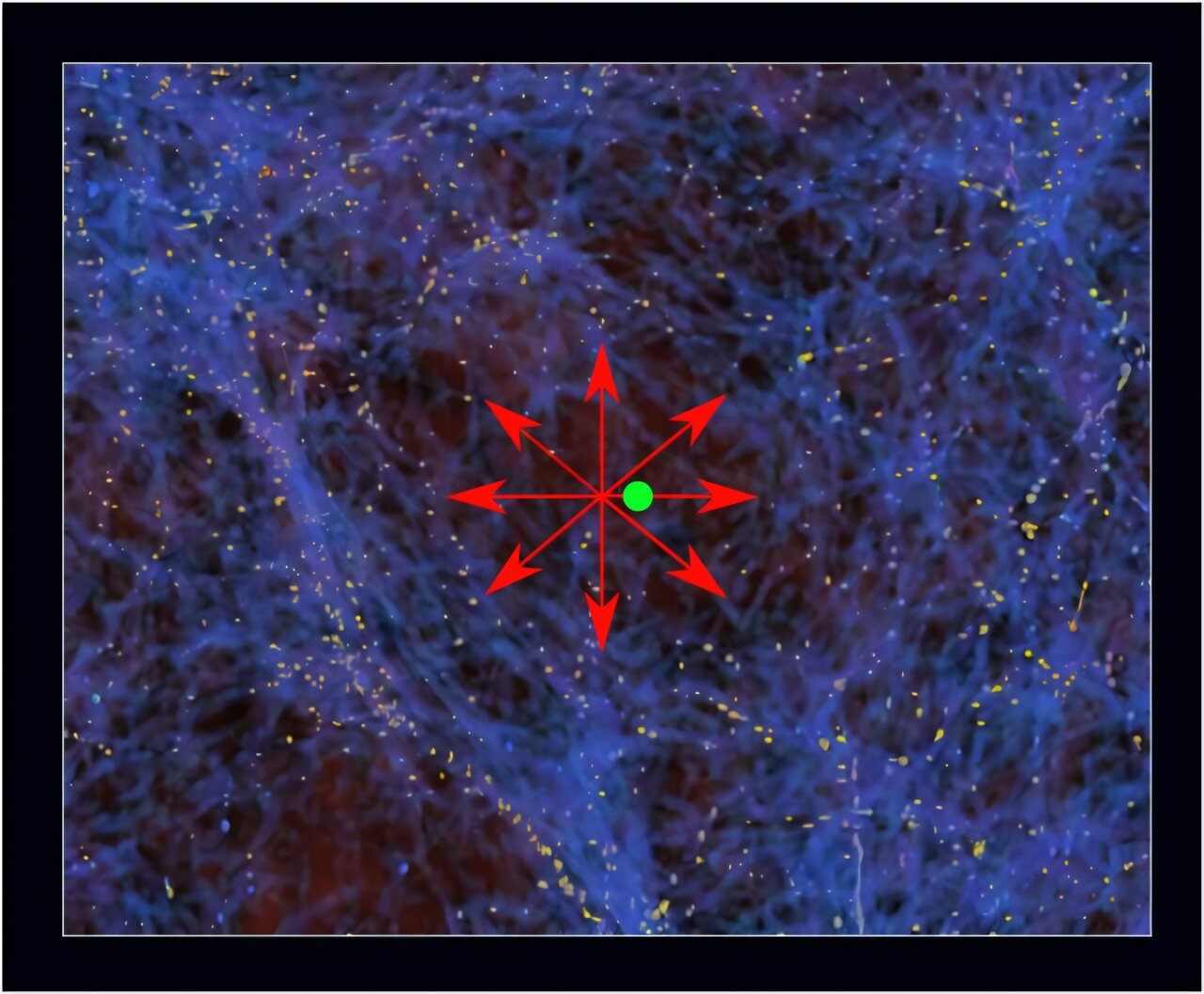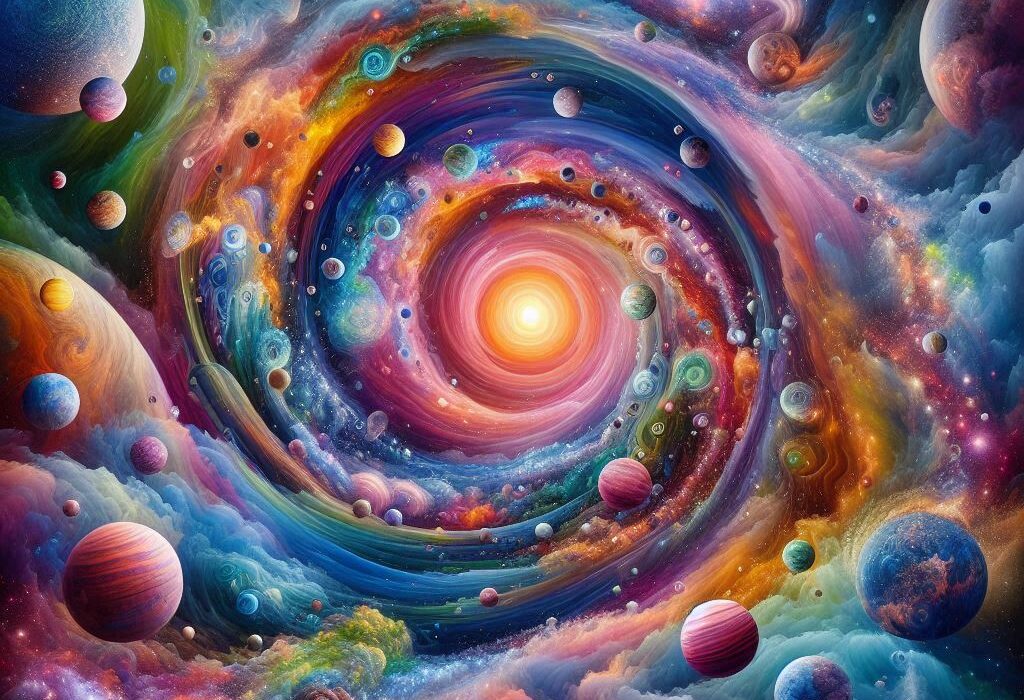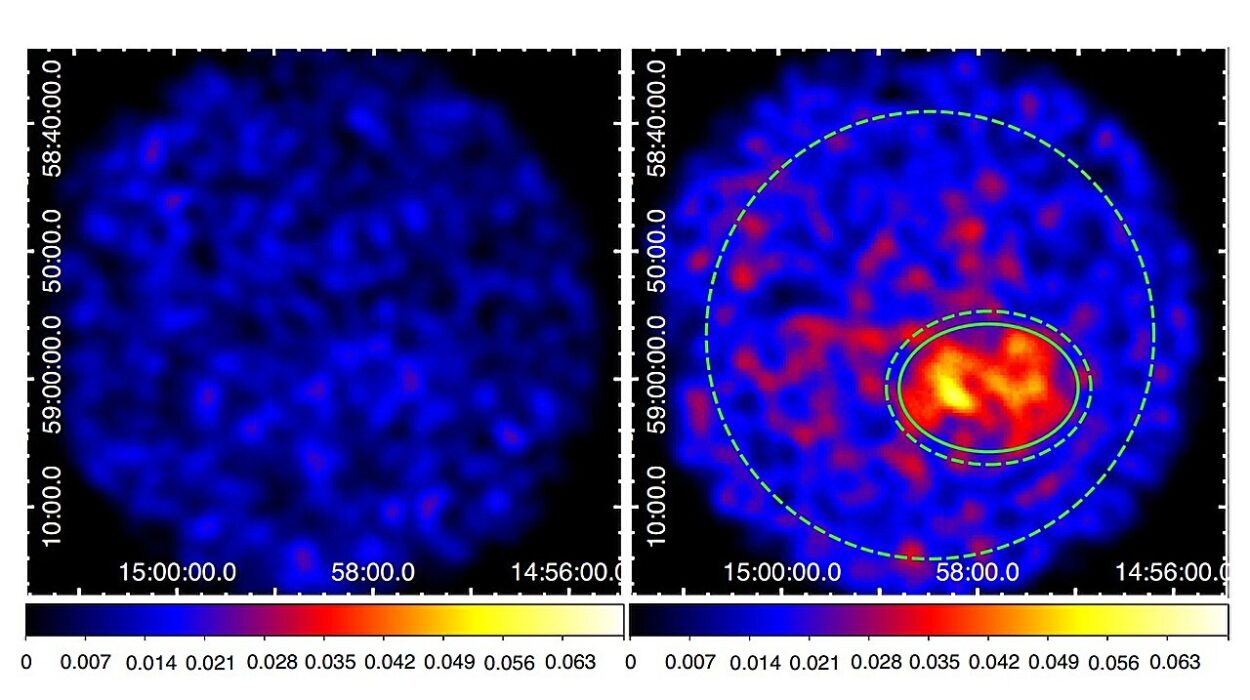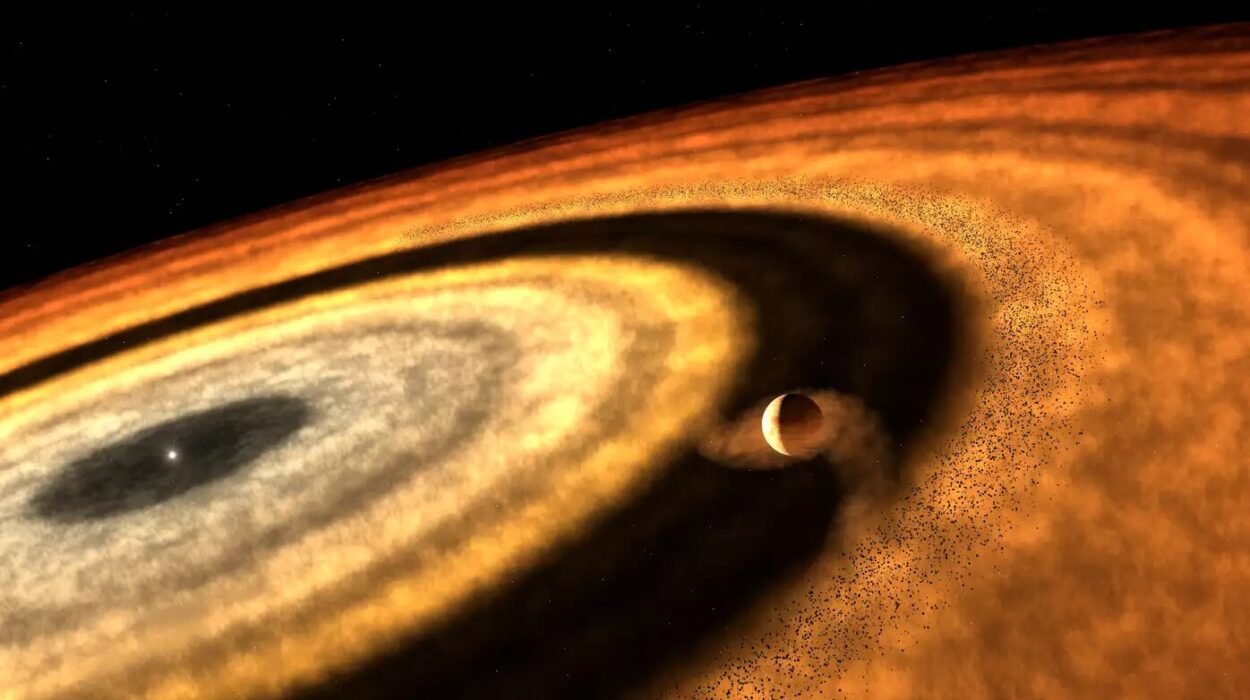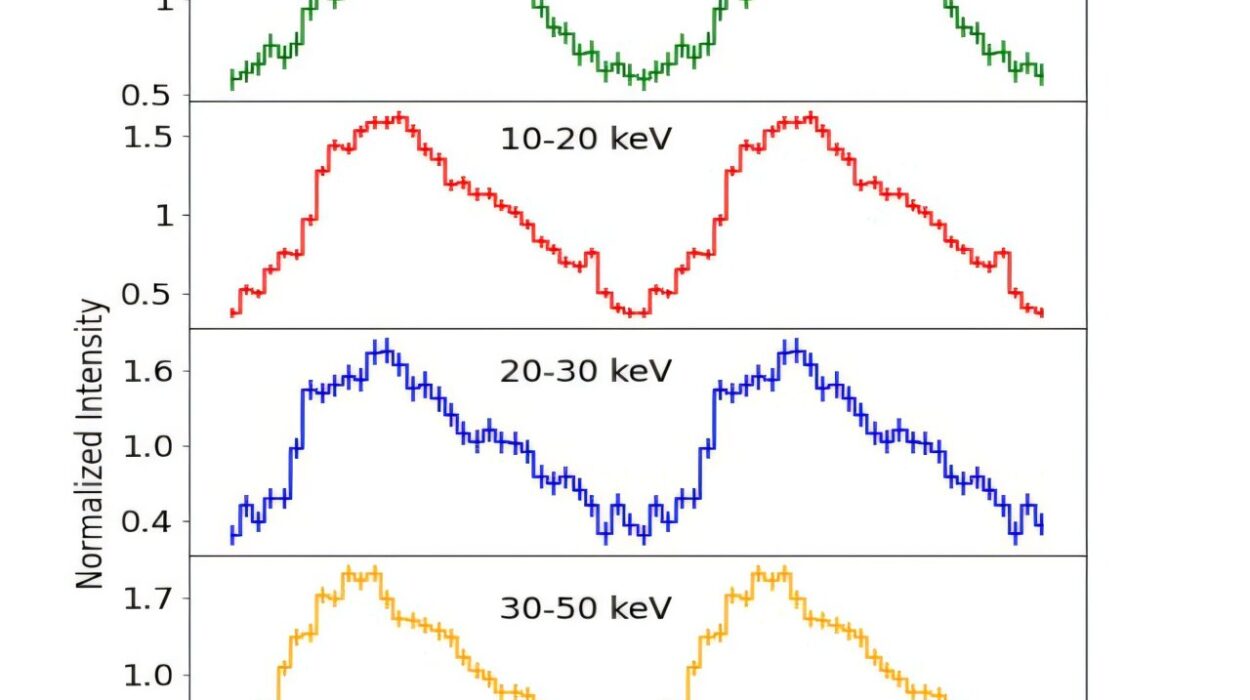Imagine gazing up at the night sky, the stars sparkling like diamonds scattered on velvet. Now imagine that all those stars — and even our entire Milky Way galaxy — might be floating inside a vast cosmic bubble, a billion light-years wide, where space itself is emptier than usual.
It sounds like science fiction. But new research suggests it could be true — and that this enormous void might finally help solve one of astronomy’s most stubborn puzzles: the mystery of why the universe appears to be expanding faster nearby than it does in its distant past.
This discrepancy, known as the Hubble tension, has vexed astronomers for years. And if we really do live in a cosmic hole, it could change how we measure the age, size, and fate of the universe.
A Cosmic Clash Over the Universe’s Speed Limit
Almost a century ago, astronomer Edwin Hubble discovered that distant galaxies are racing away from us, revealing that the universe is expanding. The speed of that expansion is called the Hubble constant.
But here’s the problem: when scientists measure how fast the universe is expanding today by looking at nearby stars and galaxies, they get one number. When they predict the expansion rate based on observations of the distant, early universe — like the afterglow of the Big Bang — they get a slower number.
It’s as though the universe has two different speed limits, depending on how far back in time you look.
“This inconsistency is what we call the Hubble tension,” said Dr. Indranil Banik, an astronomer at the University of Portsmouth, who presented new findings on this cosmic conundrum at the Royal Astronomical Society’s National Astronomy Meeting (NAM 2025) in Durham, UK.
“The Hubble tension is largely a local phenomenon, with little evidence that the expansion rate disagrees with expectations in the standard cosmology further back in time. So a local solution like a local void is a promising way to go about solving the problem.”
A Giant Cosmic Bubble Around Us?
Dr. Banik and his colleagues have proposed a bold idea: that Earth, our solar system, and our entire Milky Way galaxy lie close to the center of a vast, underpopulated region of space — a local void.
In this cosmic bubble, the density of matter would be about 20% lower than the universe’s average. Over time, gravity would pull matter out toward denser regions beyond the void, making our cosmic neighborhood increasingly emptier.
“As the void is emptying out, the velocity of objects away from us would be larger than if the void were not there,” Banik explained. “This therefore gives the appearance of a faster local expansion rate.”
In other words, living inside a giant cosmic hole would mean galaxies around us appear to be speeding away faster than they otherwise should, helping explain why our measurements of cosmic expansion differ from those made using distant cosmic signals.
Echoes of the Big Bang Reveal Clues
One key piece of evidence comes from faint ripples in the cosmos known as baryon acoustic oscillations (BAOs). These are sound waves that rippled through the hot plasma of the early universe — quite literally the echoes of the Big Bang.
“They act as a standard ruler, whose angular size we can use to chart the cosmic expansion history,” Banik said.
When the universe cooled enough for neutral atoms to form, these sound waves froze in place, leaving subtle imprints on the distribution of galaxies that astronomers can still detect today.
By comparing BAO measurements collected over the last 20 years, Banik and his team found that a universe with a local void fits the data about one hundred million times better than a universe without one, assuming the standard cosmological model based on the cosmic microwave background measurements from the Planck satellite.
“A local void slightly distorts the relation between the BAO angular scale and the redshift, because the velocities induced by a local void and its gravitational effect slightly increase the redshift on top of that due to cosmic expansion,” Banik explained.
It’s like looking through a funhouse mirror: the universe outside the void appears subtly distorted when viewed from within.
Counting Galaxies — And Finding Fewer Than Expected
Another clue comes from simply counting galaxies in our neighborhood. Astronomers have observed that the local universe appears less densely packed with galaxies than regions further away.
It’s as if we’re living in a cosmic hollow, surrounded by walls of more densely clustered galaxies.
Still, the idea of such a vast void remains controversial. According to the standard model of cosmology, matter should be fairly evenly spread across the universe on scales as large as a billion light-years. A cosmic void this huge doesn’t fit neatly into that picture.
Yet the data keep nudging astronomers to reconsider.
Probing the Universe’s Past With Cosmic Chronometers
To test whether the void model holds water, Banik’s team plans to compare it against other cosmic yardsticks, including cosmic chronometers.
Cosmic chronometers are galaxies that have stopped forming new stars and whose stellar populations serve as natural clocks. By examining the light from these galaxies — looking for the absence of short-lived, massive stars — astronomers can estimate their ages.
Combining this stellar age information with the redshift of the galaxies, scientists can reconstruct how fast the universe was expanding when that light began its journey toward us.
It’s a cosmic time machine, helping chart the universe’s growth across billions of years.
A Profound Possibility
If Banik and his colleagues are right, the consequences are profound. We might be cosmic outsiders, living in a bubble that makes our patch of the universe look strangely different from the cosmic average. This would force scientists to rethink some fundamental assumptions about how we measure cosmic distances, determine the universe’s age, and predict its future.
It could even explain why our local expansion rate — the Hubble constant — seems stubbornly faster than predicted by models rooted in the universe’s earliest days.
Or, perhaps, the idea of a local void will eventually fade as other explanations emerge. Science often progresses through such bold ideas being tested, challenged, and refined.
For now, the mystery endures, and so does the wonder. Every new observation — from the faint echoes of ancient sound waves to the glow of galaxies a billion light-years away — is another clue in humanity’s quest to understand where we are, how we got here, and what cosmic neighborhood we truly call home.
Reference: Conference session: conference.astro.dur.ac.uk/eve … essions/90/#20250709
